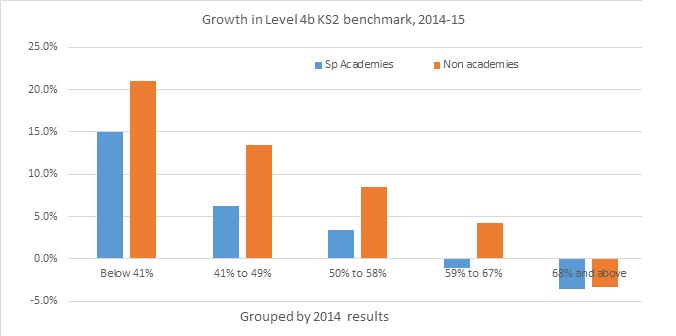We mentioned at our highly successful national conference last November that the future of Cambridge Primary Review Trust (CPRT) has been under discussion.
During the past ten years CPRT and its predecessor the Cambridge Primary Review have established an unrivalled foundation of educational evidence, vision and principle for those to whom such things matter (which, dispiritingly, excludes many of our political leaders), and the 2016 conference reminded us of what can be achieved if we are prepared to transcend institutional and professional boundaries and act together.
CPRT was always expected to be time-limited rather than a permanent fixture, a way of giving the spirit and messages of the Review a final push before releasing them to find their own place in the landscape of primary education. The national map is patchy, but there’s no doubt that in many quarters that place is secure, so the Review’s tenth anniversary was a time not just to celebrate, as we did last November, but also to take stock.
The stock-taking is now complete. Rather than run the risk of fading away through over-familiarity, and mindful of our increasing reliance on voluntary effort, we have decided that the time to stop is now, and that we’ll go out on a high.
Better still, we have been able to secure a deal which will maintain the Trust’s voice, presence and resources for the foreseeable future, albeit in another guise.
Here’s how it will work. CPRT will shortly cease to operate as a company. Its remaining financial assets will be transferred to a holding account to cover outstanding bills and keep its website alive and fully accessible for the next two years. Meanwhile, the new Chartered College of Teaching (CCoT) has agreed to take over curation of the combined online resource bank of Cambridge Primary Review and Cambridge Primary Review Trust – over 100 publications plus a host of official submissions and other material – and ensure that as a mainstay of CCoT’s ‘knowledge platform’ it continues as an exemplary source of ideas, information and evidence relating to the development and education of young children, and a standard-bearer for what matters as well as what works.
Further, those teachers who have been engaged with CPRT – whether as recipients of our e-mailings or as members of CPRT regional networks and Schools Alliance – will be able to join CCoT at the College’s founding rate. At the same time we are hoping that at least some of our regional networks and alliance schools will take up the opportunity to transform themselves into CCoT regional communities.
Though the timing looks perfect, it isn’t as serendipitous as it may seem. Robin Alexander (CPR Director and CPRT Chair) and Alison Peacock (CCoT’s first Chief Executive) not only worked together during 2010-12 to disseminate CPR’s messages but were also party to the initial discussions in 2013-14 about what is now CCoT, while during 2016 Robin was a member of CCoT’s Research and Evidence Advisory Group. Common to both CPRT and CCoT is the re-empowerment of teachers after two decades of enforced dependency and compliance. The desired shift is encapsulated in that familiar quote from the CPR final report (p 496) that ‘children will not learn to think for themselves if their teachers are merely expected to do as they are told’ and its less familiar exegesis (also p 496):
We need to move to a position where research-grounded teaching repertoires and principles are introduced through initial training and refined and extended through experience and CPD, and teachers acquire as much command of the evidence and principles which underpin the repertoires as they do of the skills needed in their use. The test of this alternative view of professionalism is that teachers should be able to give a coherent justification for their practices citing (i) evidence, (ii) pedagogical principle and (iii) educational aim, rather than offering the unsafe defence of compliance with what others expect. Anything less is educationally unsound.
At the time there were those who found CPR’s definition of professionalism somewhat daunting, though it made perfect sense to professions such as medicine, law and engineering with which teaching claimed parity. In any event, the belief that true professional empowerment and school improvement are conditional on evidence and teachers’ willingness to seek, create and apply it became an increasingly mainstream aspiration. It was incorporated into government rhetoric (though with one recent Secretary of State expressing open contempt for expertise I daren’t rate official endorsement higher than that) and the mission statements of CCoT. So with CPR/CPRT approaching its tenth anniversary and the professional context of primary teaching looking rather different now than in 2006, joining forces in this way seemed wholly appropriate. We are particularly pleased that it is with the CPR/CPRT evidence bank that the knowledge platform of the Chartered College of Teaching will be launched.
This blog will be one of CPRT’s last. Our next one, we hope, will formally confirm the new arrangements and no doubt offer some valedictory comments.
For now, stay with us and watch this space.
